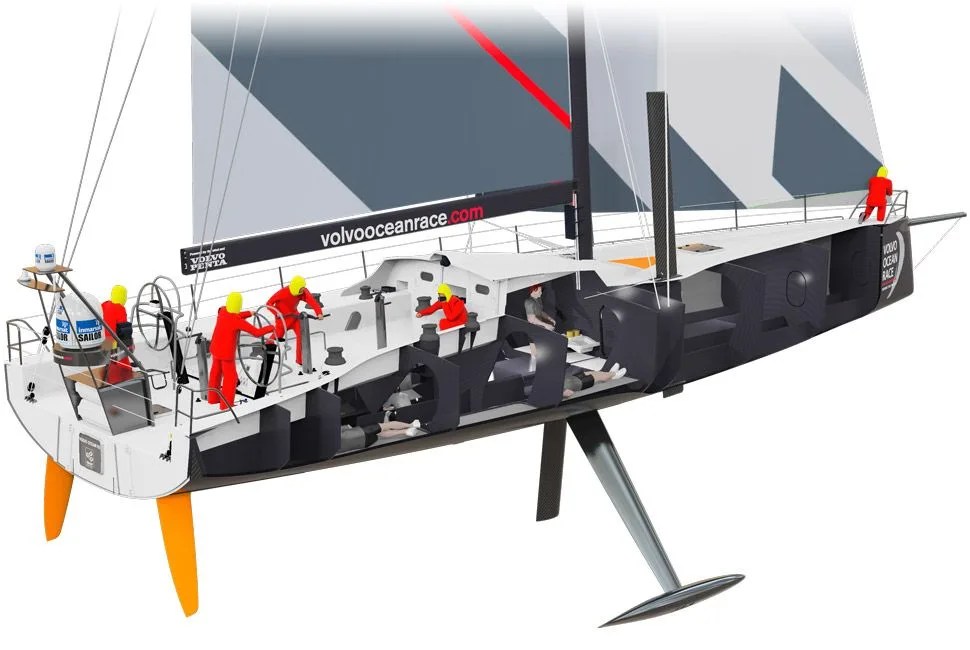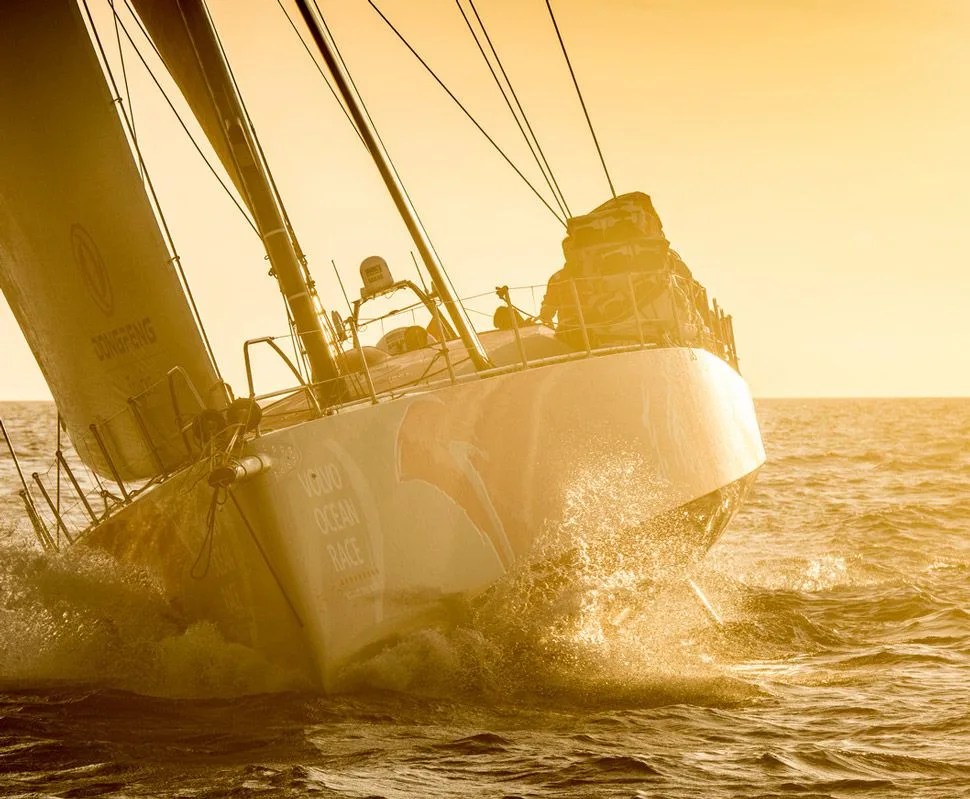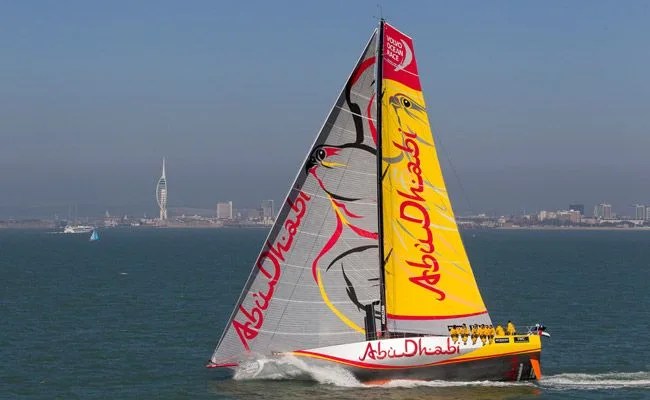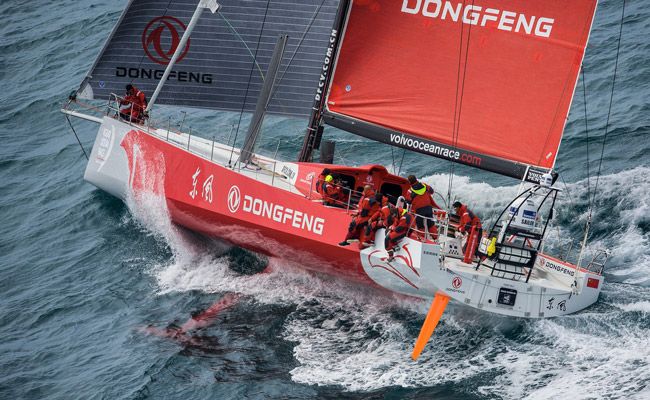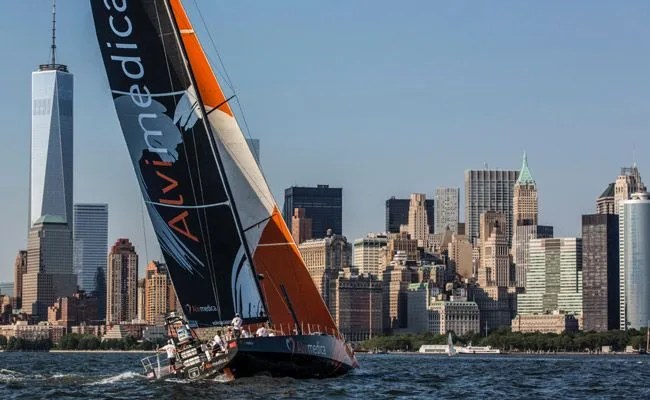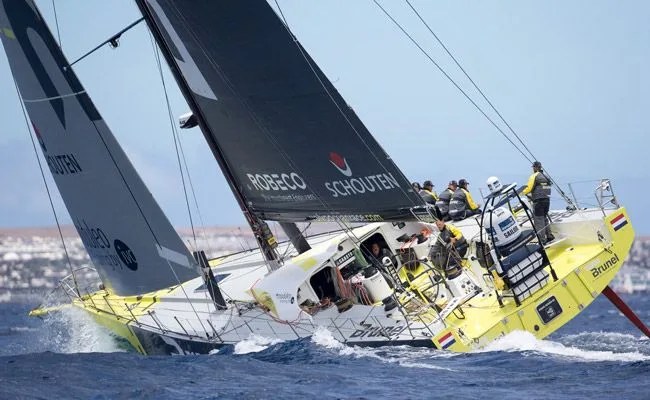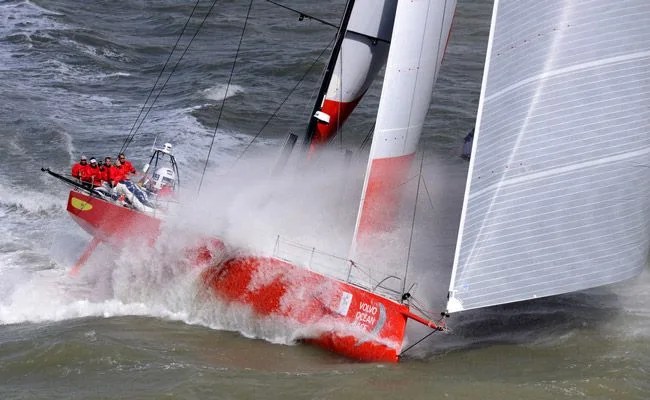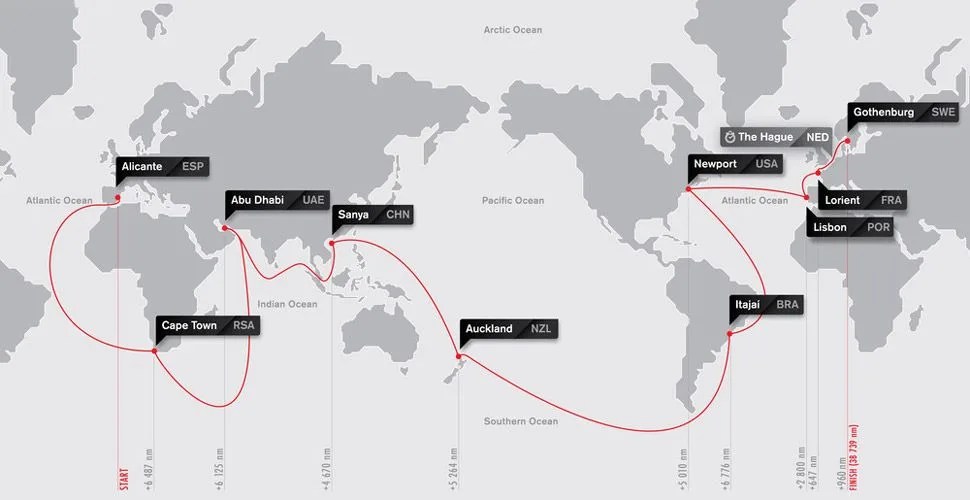When the hardest sporting events in the world are discussed, the usual suspects like climbing Everest or the Tour de France are mentioned, feats of superhuman endurance, strength and harsh conditions. Sailing doesn’t typically make the list. But consider this: the Volvo Ocean Race lasts nine months and covers 38,000 miles, and the competing boats, lightweight spartan vessels with crews of 8 sailors, race through every condition possible as they round the globe. With some race legs lasting up to three weeks between ports of call, crews put up with minimal sleep, freeze-dried food and exhausting work, all the while fighting oppressive heat, cold, and sea spray, all while fighting to remain aboard and dodging the constant dangers of rogue waves, icebergs, typhoons, shipping containers and pirates. In the past decade alone, the Volvo Ocean Race has seen boats dismasted and sunk, sailors break bones and lose teeth — and in one tragedy, a Dutch crew member was washed overboard and killed. It’s no wonder the race is called the “Everest of sailing”.
MORE SAILING: Surviving the Rolex Big Boat Series | Photo Essay: Sailing with Team Alvimedica | Viewfinder: The Farr 40s
October 11th marks the start of another edition of the Volvo Ocean Race. This time, the race starts in Alicante, Spain and heads south, then east around the bottom of the globe before crossing the Equator again months later to finish up north in Gothenburg, Sweden next summer. Ports of call this time around include Capetown, Auckland, Sanya and Newport, each stopover playing host to an in-port race for points and a brief rest for crews and repairs to their battered vessels.
Ocean racing isn’t exactly the most spectator-friendly sport, but the VOR has made every effort to help fans follow the action once the boats disappear over the horizon. On-board embedded reporters are on every boat, with the strict instruction that they cannot aid the crew in any way but must file blog entries, photos and video clips from the boat every day of the race, via satellite. If you thought blogging from your desk was tough, imagine doing it from inside a heeled-over carbon fiber hull rounding Cape Horn. The boats are equipped with a quiver of joystick-controlled video cameras mounted in strategic positions, constantly recording, constantly erasing all the past footage to conserve storage space. Should any crew member deem a moment worthy of saving, big red buttons around the boat can be pushed to save the last two minutes. A new smartphone app tracks the race in real time, and all the teams have significant social media presence. NBC Sports Network will be showing the race in weekend capsules and the Volvo Ocean Race website is full of videos, photos and stories that are updated daily. Spectator friendly indeed.
To get you started, here’s a primer on the Volvo Ocean Race: the boats, the crews and the race route.
The Boats
